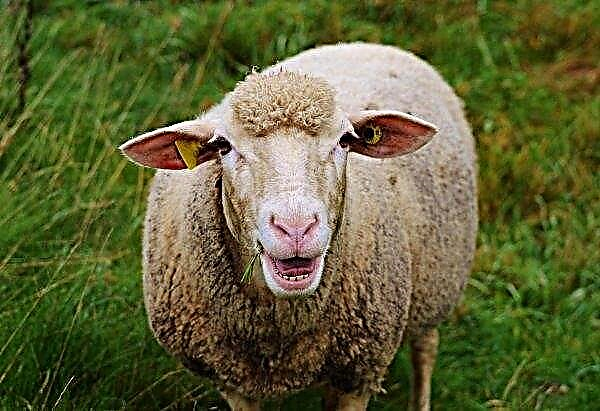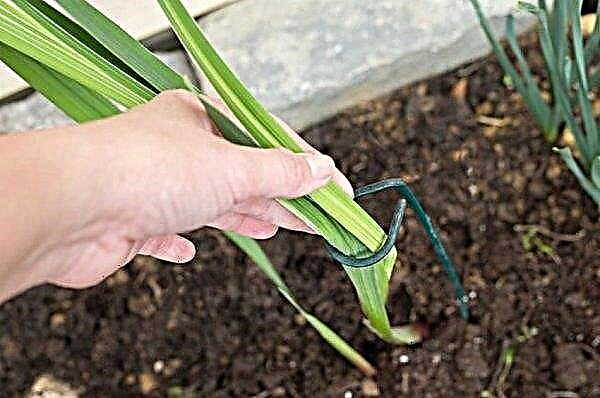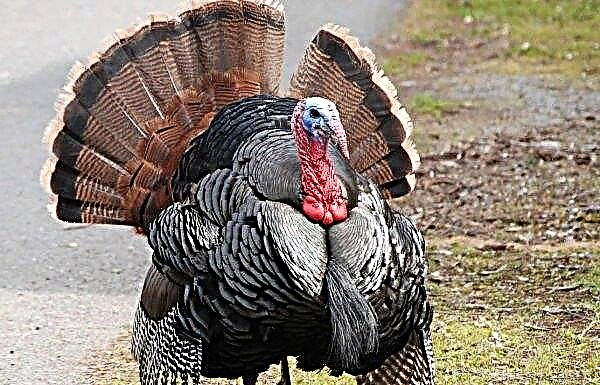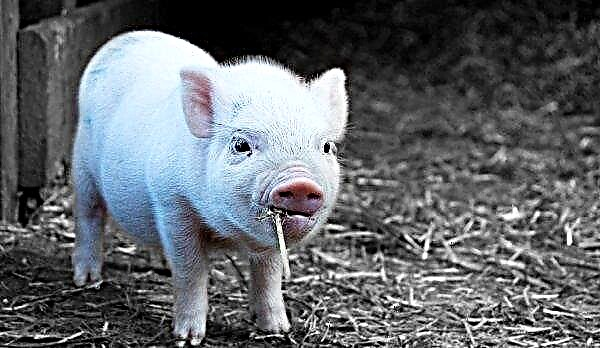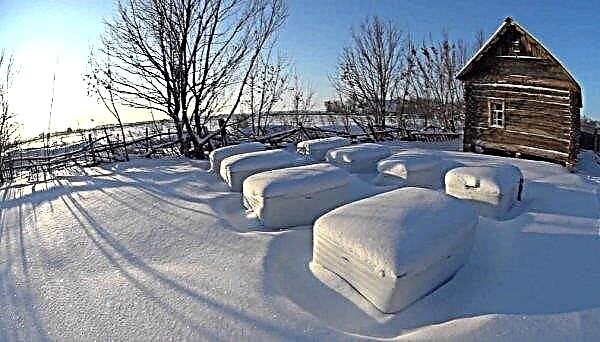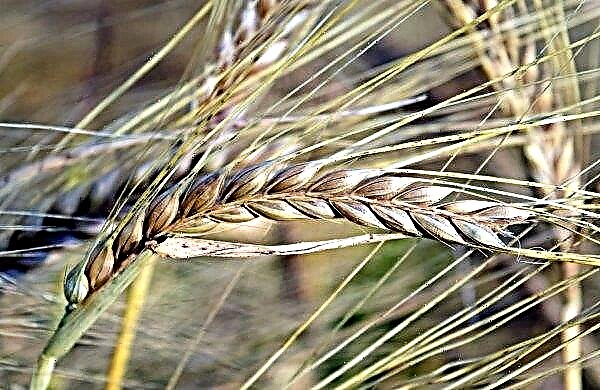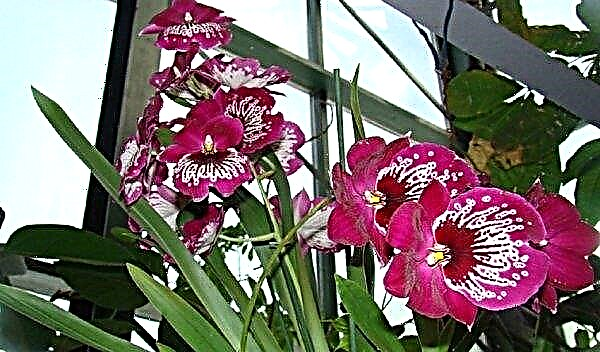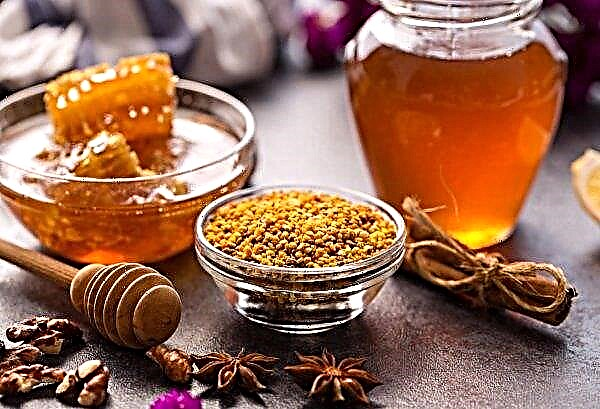Manchurian walnut has unique antimicrobial properties. This allows the walnut tree to cope with harmful organisms on its own. But there are cases when a hardened plant does not manage to avoid ailments.
Disease
A few diseases of the Manchurian nut affect the health of leaves, branches, shoots, bark. Each disease progresses with its own characteristics. It is important to help the plant in time so that it does not die. Better yet, take preventative measures in time.
Blacken leaves
In humid weather, under favorable conditions, the walnut tree is often affected by bacteriosis. This is manifested in the form of blackened edges of the leaves. Later they can completely blacken. The walnut is often faced with the exact same problem. Sometimes bacteriosis can affect up to 40% of the crown. Later, the fruits are also affected.

In the fight against bacteriosis, it is recommended to use a fungicide from the copper group. Often used Bordeaux liquid (3%) or urea (1%). Will bring the result and processing of each leaf copper chloride 0.7%. Spraying is best done immediately after the appearance of blackening.
As a preventive measure, treatment must be performed at least two times during the growing season. In some cases, surgical measures are recommended. Affected branches are best cut off at a distance of 20 cm from the place of blackening.
Important! To eliminate all sources of infection, in the fall it is necessary to collect fallen leaves and burn them. Deep plowing of row-spacing will also help the disappearance of harmful bacteria.
Leaves turn yellow
Much has been said about the frost and winter hardiness of the Manchu walnut tree. But sometimes it suffers from late spring frosts. At this time, tender young leaves and shoots cannot survive the night frosts to -3 ° C. Over time, they begin to turn yellow, then dry, blacken and fall off.

Such a phenomenon can be observed at the end of May. Young foliage begins to form in the spare buds. Another reason for the yellowing of the leaves may be a lack of water in the summer. In the hot season, it is necessary to monitor timely watering, the tree should not dry out.
Brown spots
Sometimes there is another ailment of the Manchu nut - brown spotting or marsonia. Sometimes this disease is also called marsoniosis or anthracnosis. This is a type of disease caused by ascomycetes fungi. Marsonia is able to affect not only leaves, but also shoots, fruits. Because of it, the yield may fall by 80%, and the plant may not bear fruit at all over time.
The appearance of the disease is easy to recognize: the foliage of the nut is covered with brown-brown spots, which begin to grow over time. On the pericarp, not only brown rashes appear, but also necrotic cracks appear. In them, the pathogen can winter, and the next year again provoke a new focus of the disease.

Marsonia more often affects walnut trees in places with humid air, during periods of heavy rainfall, fog. Brown spots can be eradicated by spraying. Bordeaux mixture with a saturation of 3%. For a complete victory over the disease, spraying should be carried out not once, but two or three. In autumn, all fallen leaves from an infected tree must be burned.
Peel bark
Bacteriosis can be a problem for walnut bark. This disease was called “cortical cancer”. As a result of its development, asymmetric dark brown necrotic areas are formed on the trunk and branches.
Over time, the bark begins to exfoliate, the branches dry. The development of cracks in the crust occurs in the summer, in the winter the process is inhibited. Bark cancer affects mature plants, at least 10-15 years old.

To prevent the development of any type of Manchurian walnut bacteriosis, it is necessary to act in three directions:
- Fight bacteriosis of fruiting trees. First of all, it is necessary to cut off infected branches, branches. Pruning is best done in the spring, when the buds just open. Slices require puttying with a garden carbolineum. Also, putty can be prepared from pork fat, nigrol, wax, rosin, taken in equal parts. Wax and rosin can be replaced with conventional oven ash, which has antifungal properties.
- Confront the infection of young crops. Cleansing wounds on young trees is best done at the very beginning of their appearance on the bark to eliminate bacteria from the wood. Also, disinfection of young plants can be carried out under the root. To do this, bleach is applied to the soil at the rate of 150 g per square meter. It is difficult to process young plantings, where there are a lot of seedlings. If they become infected with bacteriosis, they tend to grow poorly, form a bush, not a trunk. Young shoots of one year old can already be sprayed with 1% Bordeaux fluid.
- Take preventive measures when growing improved varieties of plants. When breeding a Manchurian or Dumbey nut, all attention should be paid to agricultural technology. It is important to develop a culture resistant not only to frost, but also to bacteriosis. Before planting a seedling of a nut, it must be carefully examined. Trees with defects in the roots, trunk, and leaves must be discarded or disinfected in a solution of 1% copper sulfate and liquid clay.
Important! In addition to Bordeaux liquid and copper sulfate, fungal diseases can be controlled with a well-known drug «Fundazole». The interval of the procedure should be at least two weeks.
The leaves are dry
In addition to diseases, improper care also affects walnut tree health. All year round, you need to help the plant maintain a peppy look. Improper watering, top dressing, wintering organization lead to the fact that the leaves begin to turn yellow, and then dry.

Many inexperienced gardeners cannot understand why there are problems with walnut leaves, because they treat them with drugs on time. Sometimes the cause of this phenomenon may be poor drainage for the root system. Every year, it is necessary to carry out the procedure of whitewashing the trunk and skeletal branches.
Problems with leaves after planting seedlings
In young plants, the crown may also suffer from diseases and improper care. Manchurian nut loves fertile soil, so the land around the seedlings should be fed with ammonia, phosphorus, potash fertilizers. So that the foliage does not fade, it is necessary to water a young tree in the heat abundantly 2-3 times a month.
Important! Before the onset of cold weather, young plants must be insulated. Closer to the trunk, mulch of humus is placed 10 cm high.
Pests
Infection of the Dumbey tree with fungi leads to the defeat of the plant by a gall mite. This pest attacks the nut during a period of high humidity. He chooses young leaves and only emerging fruits for nutrition.

A photo of an infected tree shows the following symptoms of a walnut warty tick:
- the leaves are covered with dark brown tubercles;
- young shoots grow slowly;
- leaf plates dry and curl;
- the reverse side of the leaves is covered with a thin web.
Gallic tick must be controlled with acaricides (“Aktara”, “Akarin”, “Abamectin”). They produce a neurotoxic effect on ticks. Spraying is carried out 2-3 times with an interval of two weeks.
 Another pest of Manchurian walnut is a nut-grower. This insect has two pairs of wings. The bark of shoots, flowers, leaves is affected by the nut-making.
Another pest of Manchurian walnut is a nut-grower. This insect has two pairs of wings. The bark of shoots, flowers, leaves is affected by the nut-making.
The insect lays galls on them (special bags). Walnut-infected shoots must be cut and destroyed. If insects managed to lay off the larvae, and they hatched, then the plant needs to be sprayed 2% chlorophos solution. Karbofos (90 g per 10 l of water) is also suitable for processing.
How to prevent illness
In order to protect walnut trees from diseases, it is important to carry out the following activities:
- In spring, it is necessary to loosen the soil under the tree, to make granular mineral fertilizers. For the prevention of diseases and pests, even before budding, it is better to treat the nut with complex preparations.
- In the summer, it is important to keep the area near the trunk clean so that weeds do not grow there, provoking the appearance of pests.
- In the fall, the tree must be cut and sprayed again with the necessary preparations.
- Closer to winter, the soil under a nut is dug up, late watering is carried out.
Did you know? The oldest representatives of the Manchurian walnut reach 250 years of age.
Diseases of Manchurian walnut not only reduce productivity, but also spoil the decorativeness of the plant. Experienced gardeners try not to leave the tree unattended for a long time. It is important to help him in time.

